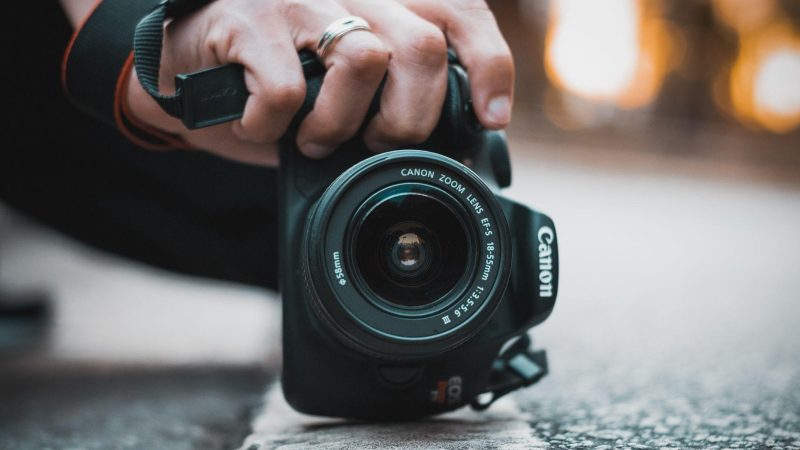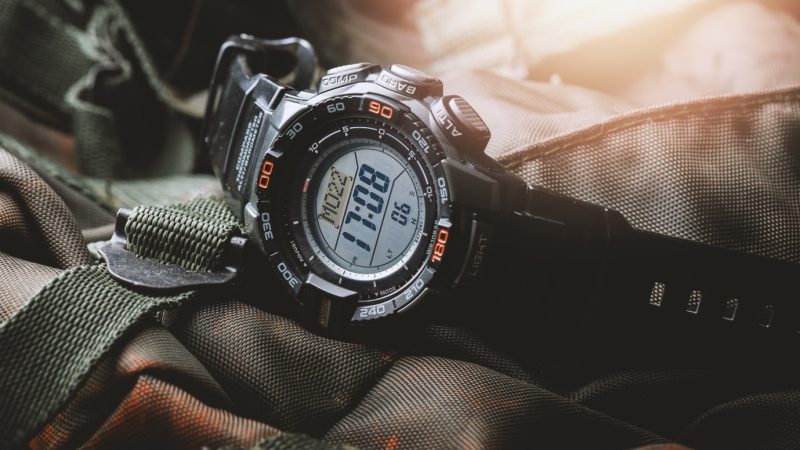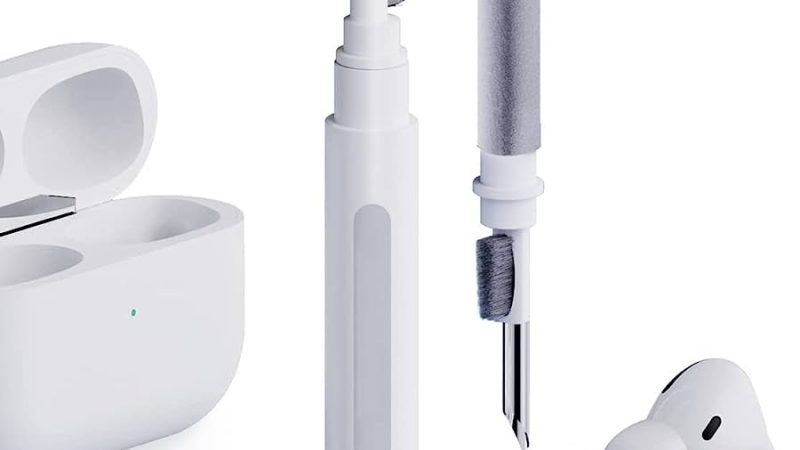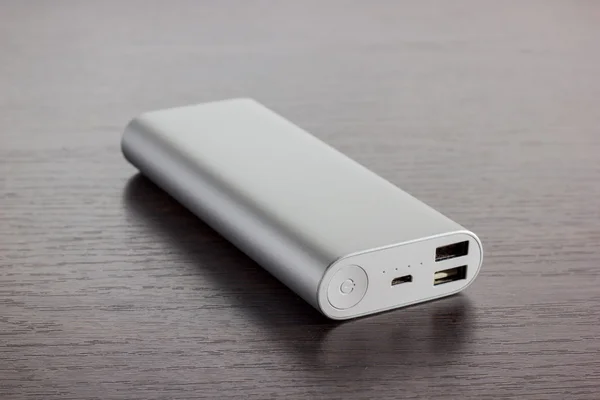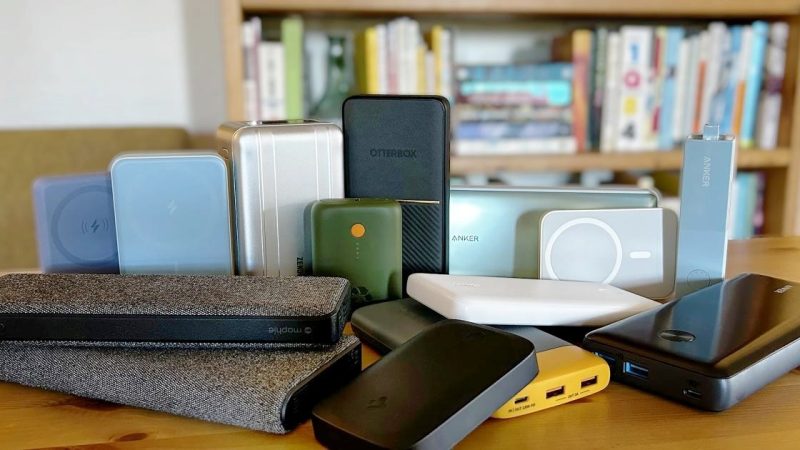Outdoor Safety & Functionality when using LED Flood Lights
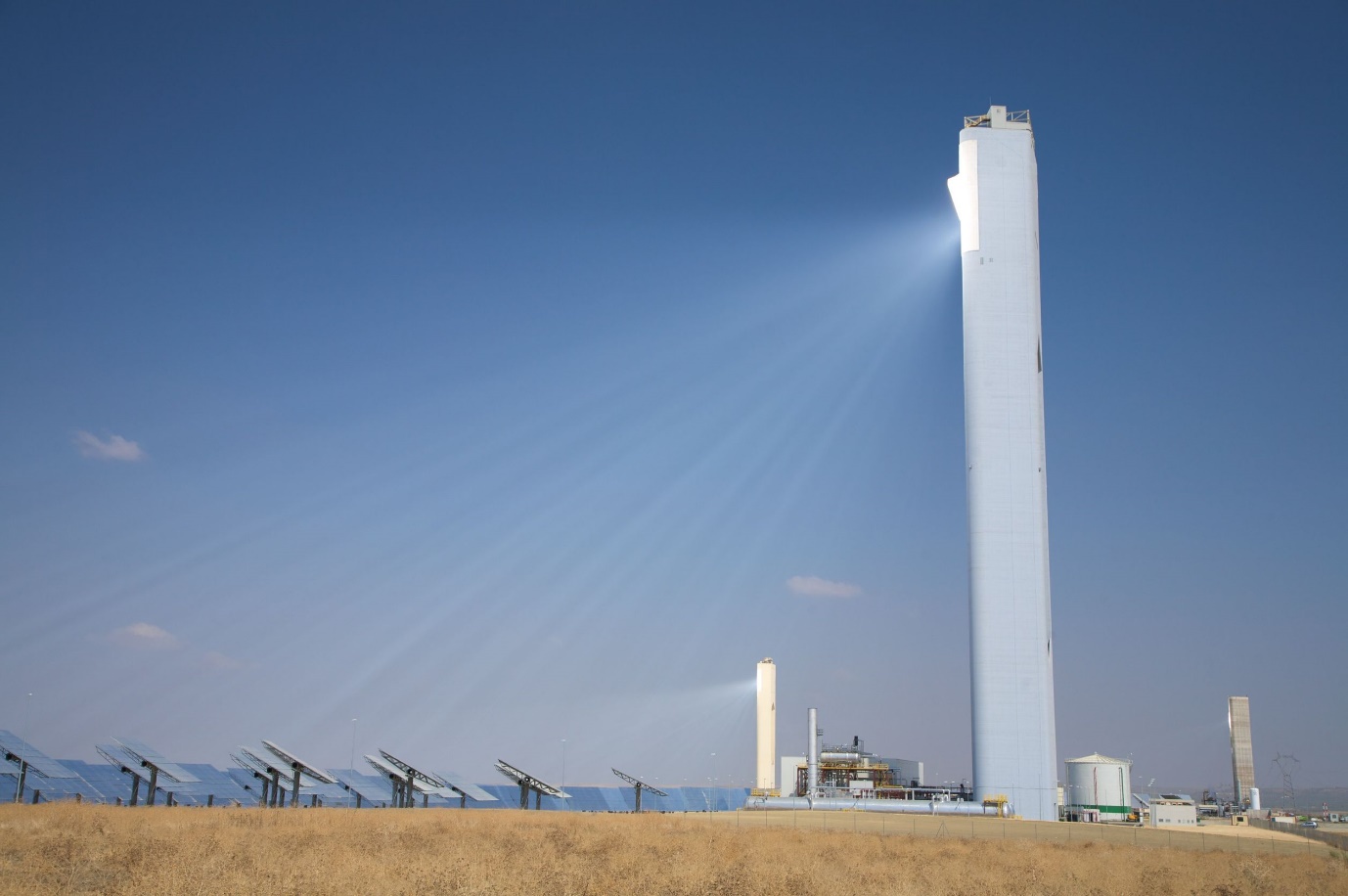
For over a decade, LED floodlights have been the well-trusted solution for outdoor safety and security. They are the leading Street lighting option for their long lifespan, better luminosity and reduced energy consumption.
This article will discuss how LED floodlights are the safe and functional option when it comes to lighting your outdoor setting, as well as how to choose the right LED fixtures for commercial spaces.
What are LED Floodlights?
LED floodlights are fixtures used for their broad coverage and ability to produce high-intensity, broad-beamed lighting. They are often used for security in commercial outdoor spaces, including large stadiums, vehicle parking lots, private lawns and even illuminating billboards.
LED floodlights to come in a range of different shapes and sizes to fit the space, finding use in both industrial settings and other indoor facilities, such as galleries.
Why LED floodlights are the best option for an outdoor setting?
LED floodlights are designed to last; they produce strong lamination perfect for outdoor settings, all while keeping energy conservation in mind. Meaning there are many advantages to choosing LED, many of which this article will discuss below.
Longer lifespan
In comparison to standard floodlights or any other outdoor lighting fixtures, LED floodlights are known to last ten times longer. For example, Maximum LED Flood Lights to have 50,000 hours to 100,000 hours lifespan, whereas an average-traditional light source has a lifespan of about only 1,000 to 30,000 hours.
Less Heat production
LED floodlights generate minimum heat to produce light through its semiconducting process. Compared to incandescent and fluorescent light fixtures, LED Flood Lights to have a significantly lower operating temperature making them safer as there is no risk of the bulbs exploding under the heat.
Energy-Efficient
The most significant advantage of LED Floodlights is the tremendous amounts of energy saved compared fluorescent or halogen fixtures. Modern LED lights win out with more than 88% of energy conversed during use.
No IR and UV emissions
LED floodlights, unlike incandescent lights, don’t give off harmful IR or UV emissions. While in powered incandescent lights, visible light only makes up 10% of the equation with the rest while the rest of it is wasted on IR, UV emissions heat and noise. LED floodlights, on the other hand, cause minimum heat and noise and no emissions.
Built-in or external motion Sensor
Most of the LED floodlights come with a motion sensor built in to converse energy and only activate when motion tips the proximity sensor. Not only does this help save energy but reduces light pollution in residential areas.
In advanced LED floodlights, the motion detector can even be remotely controlled and programmed to meet specific conditions.
These LED floodlights can be subdivided into two groups, LED floodlights with built-in sensors and an external sensor. LED floodlights with built-in motion sensors are easy to install while floodlights with external sensors have unique advantages like connecting multiple floodlight fixtures to one sensor.
Controlled brightness
When adjusting brightness, most fluorescent fixtures will only reach 30% of its brightness level when dimmed. In other words, it’s not dimmed where an LED floodlights, in contrast, can shift from 100% to a minimum of 10%.
Low Maintenance
With a long lifespan, LED floodlights are a one-time investment with minimum to no maintenance required.
Better visual presentation
All LED floodlights come with a colour rendering index (CRI) of 80% or above, which enables outdoor settings to appear as they would under the sun. This colour rendering is most useful for any art or advert but also provides better illumination, ensuring safety in outdoor settings.
Eco-Friendly
LED floodlights don’t contain any harmful elements or chemicals like their mercury filled predecessors. They also produce less greenhouse gas emissions through their lower energy consumption and due to their longer lifespan don’t need to be as frequently replaced.
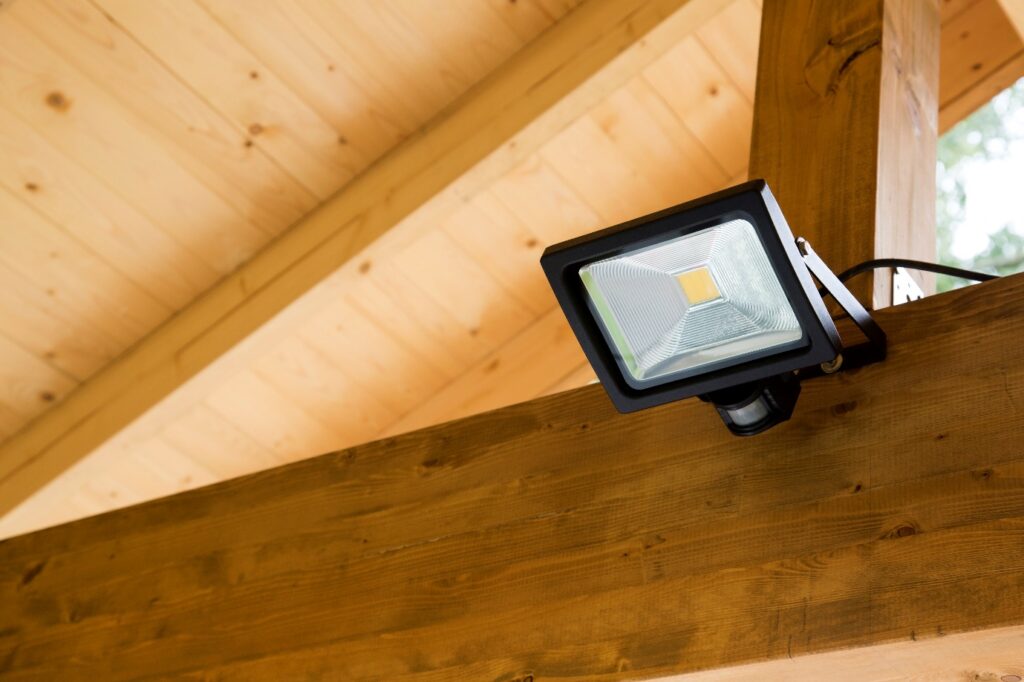
How to choose the right LED floodlight?
Lumens
Lumens is the way to measure the total amount of light produced by a light source, where the higher the lumen is, the brighter the light source is. In most cases, one LED floodlight, can achieve the same amount coverage and illumination as two or even three standard floodlights. When lighting your area with LEDs, consider the lumen to ensure you have the right brightness for your outdoor area.
Colour Temperature
Colour temperature (Kelvins), affects how warm or cool the light will appear. LED floodlights with lower temperatures emits a warm light, while LED floodlights with higher temperatures emit a cool light.
Beam and detection angle
LED floodlights angles will depend on placement and beam angle. For most outdoor settings, a beam angle of 120 degrees works well.
LED floodlights, while used to create a secure outdoor setting, also have environmental and economic benefits, which extend to major commercial and industrial settings. The LED industry continues to advance and improve, ensuring sustainable solutions to suit all projects and budgets. Explore the full range of LED floodlights to find one that best suits your needs.
Author Bio:

Liam Barnard:
Liam Barnard is a freelance writer, social media marketer and an independent blogger who writes about sustainability, technology, globalisation, finance and home improvement. He aspires to become a professional writer and make a difference in society and the world we live in.
Liam Barnard on Twitter: https://twitter.com/meliambarnard
Liam Barnard on Facebook: https://www.facebook.com/meliambarnard
Email (Gravatar Registered): meliambarnard@gmail.com
Gravatar URL: https://en.gravatar.com/liambarnard2


